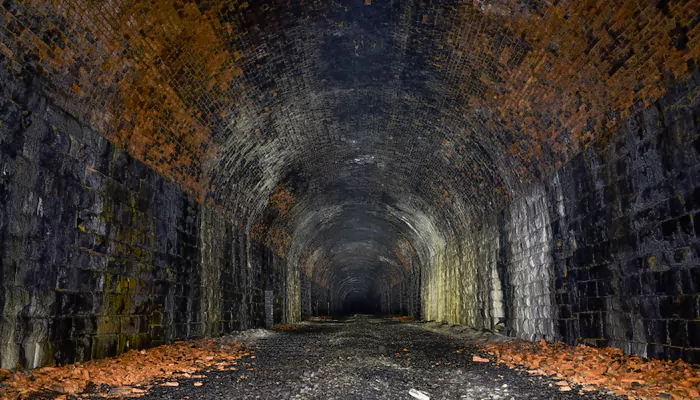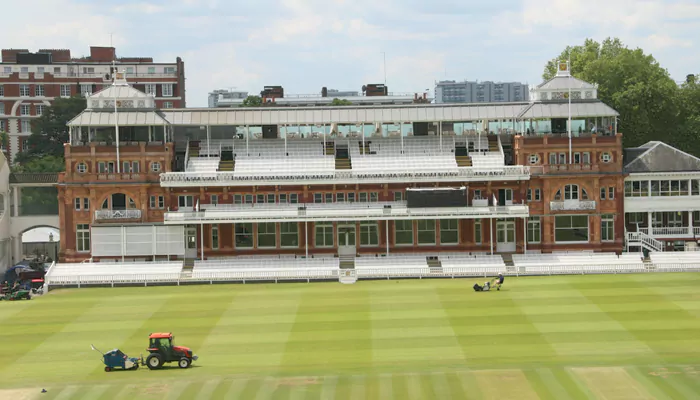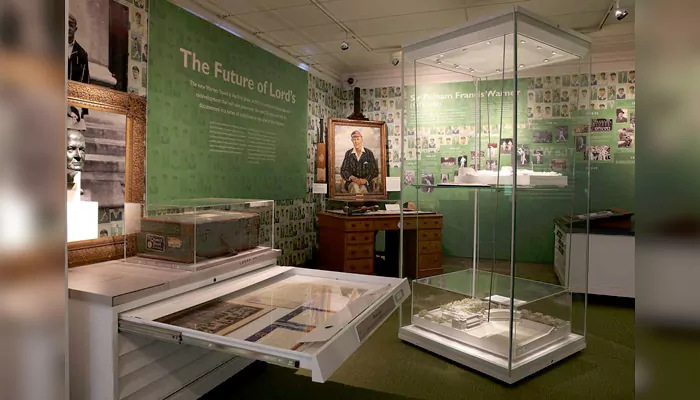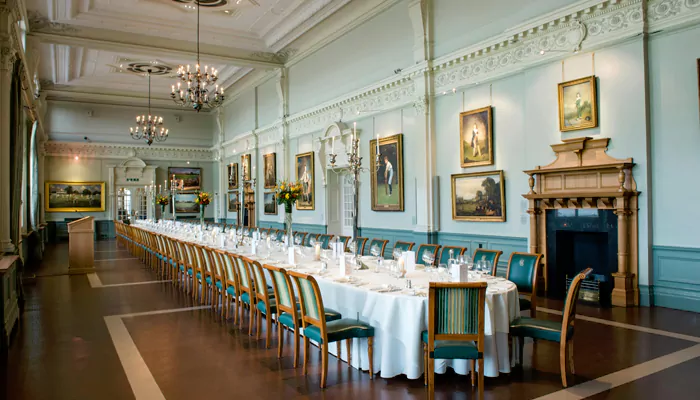
From hidden railways to Olympic archery, Lord’s is more than just leather and willow. It’s a cathedral with secrets
As India and England face off in the third Test starting from July 10, 2025, the cricketing world once again fixes its eyes on Lord's, the venue steeped in tradition and brimming with history. For players, it's the ultimate dream; for fans, it's sacred ground. But beyond the honours board and the slope, Lord's holds stories that seldom appear on the scorecard.
So, let's step behind the pavilion and explore ten fascinating facts about the most iconic cricket ground in the world.
The current Lord's is the third incarnation of the venue. Thomas Lord first built the original in Dorset Square in 1787. It moved to St John's Wood in 1811 and finally settled at its present location in 1814. That's over 200 years of cricketing history — longer than the age of most countries.

Credit: Flickr
Unnoticed by many, rail tunnels run beneath the outfield. Built in the late 1800s, these old Great Central Railway tunnels once carried Londoners beneath the feet of bowlers and batsmen. Only one tunnel remains operational, but its presence adds another layer to the Lord's already rich tapestry.
Yes, you read that correctly. During the 2012 London Olympics, Lord's welcomed arrows instead of yorkers. The Archery competition saw South Korea dominate, as archers let fly beneath the gaze of the famous pavilion. The ground swapped silence for applause, and the bulls-eye replaced the bails.

Credit: Reddit
Every bowler dreams of exploiting the slope at Lord's, which drops 2.5 metres from Pavilion End to Nursery End. It's not just an optical illusion — it genuinely influences swing and seam, making life tricky for batters, especially when conditions are overcast. Bowlers like Tim Murtagh and Jimmy Anderson have made a career out of it.
You might see the Ashes lifted in Sydney or Nottingham, but the original urn never leaves. It remains permanently at the Lord's Museum, regardless of who wins. Since 1882, when Australia first defeated England at The Oval and the English media proclaimed cricket's 'obituary', the urn has symbolised rivalry more than any other.

Credit: Blooloop
The MCC Museum at Lord's is not just a collection of cricket equipment; it is also a testament to the sport's rich history. It is the world's oldest sporting museum. You will see historic bats, the oldest surviving scorecards, and yes — the urn. It also serves as a venue for film screenings and private functions.

Credit: Hire Space
For those with deep pockets (and even greater admiration for cricket), The Long Room isn't just a corridor for Test cricketers. It can also host your corporate dinner or Christmas celebration. Imagine sipping wine beneath portraits of cricket legends while watching players walk out to bat — that's Lord's charm for you.
It's not just the pitch that changes, even the outfield dips. This explains why fielders at Lord's often misjudge bounces and why a drive can accelerate down the hill more quickly than expected. Add in the swirling wind from the open stands, and you get a ground that rewards the vigilant.

Credit: Construction World
Cricket meets conscience here. The entire ground runs on wind energy. Pelham's, their state-of-the-art sustainable pavilion, utilises rainwater harvesting, solar thermal panels, and green walls. The future, it seems, is batting for the environment too.
Beyond cricket, Lord's offers unparalleled event hospitality. Whether you're organising a wedding, a boardroom summit, or a summer gathering in the Harris Garden, the venue combines elegance with a sense of history. From the state-of-the-art J.P. Morgan Media Centre to the historic pavilion, every corner speaks of stories.